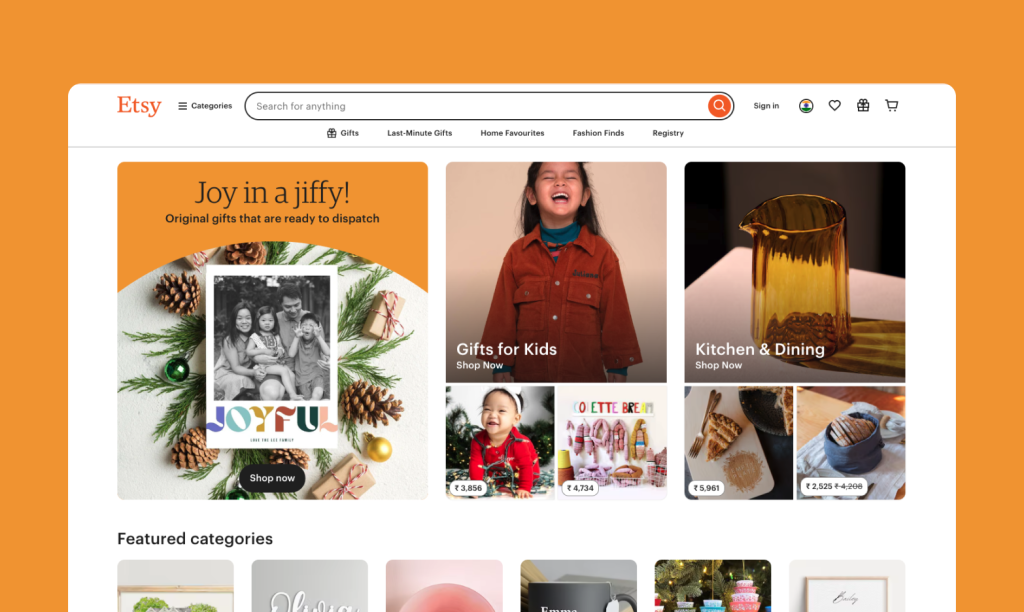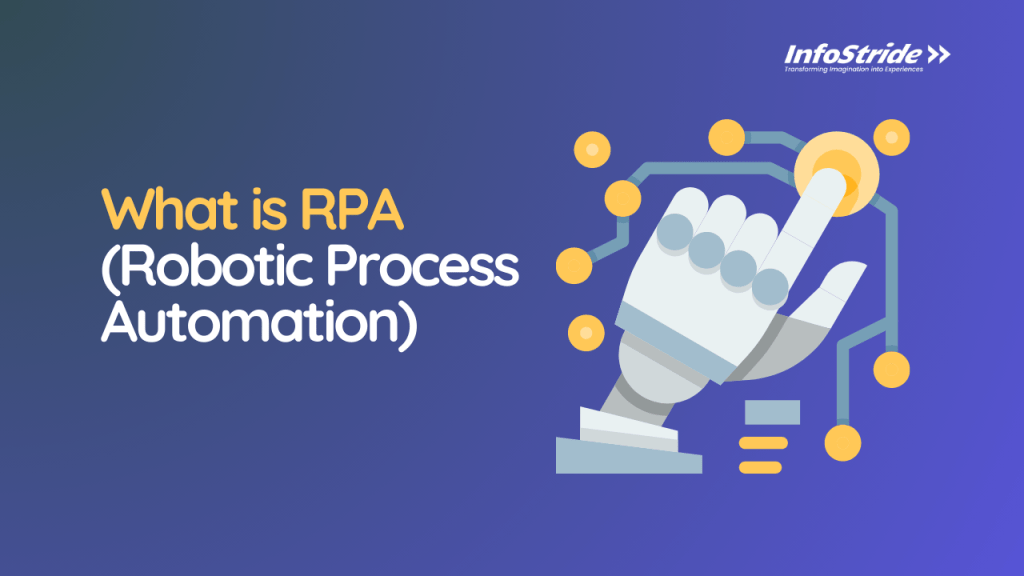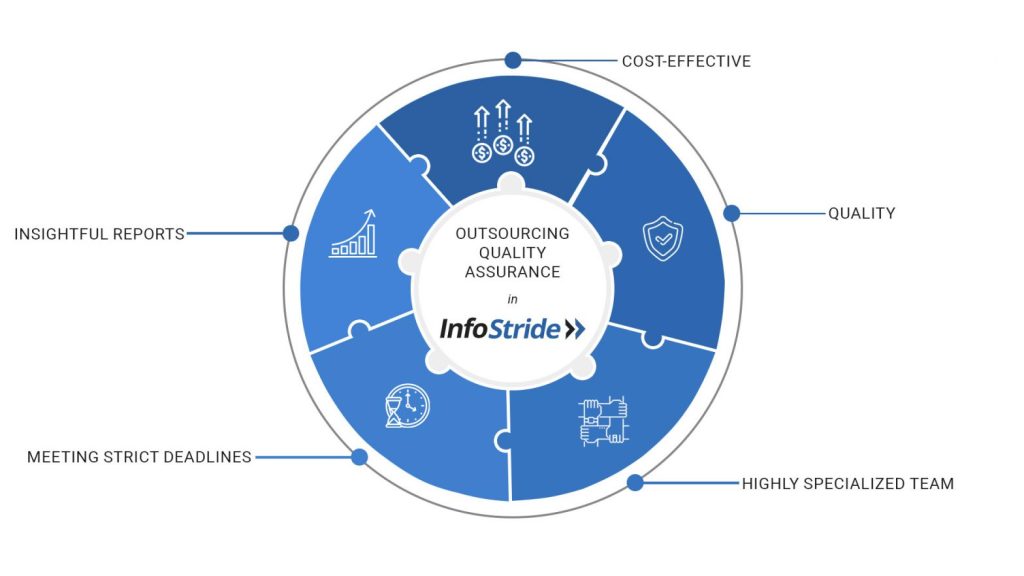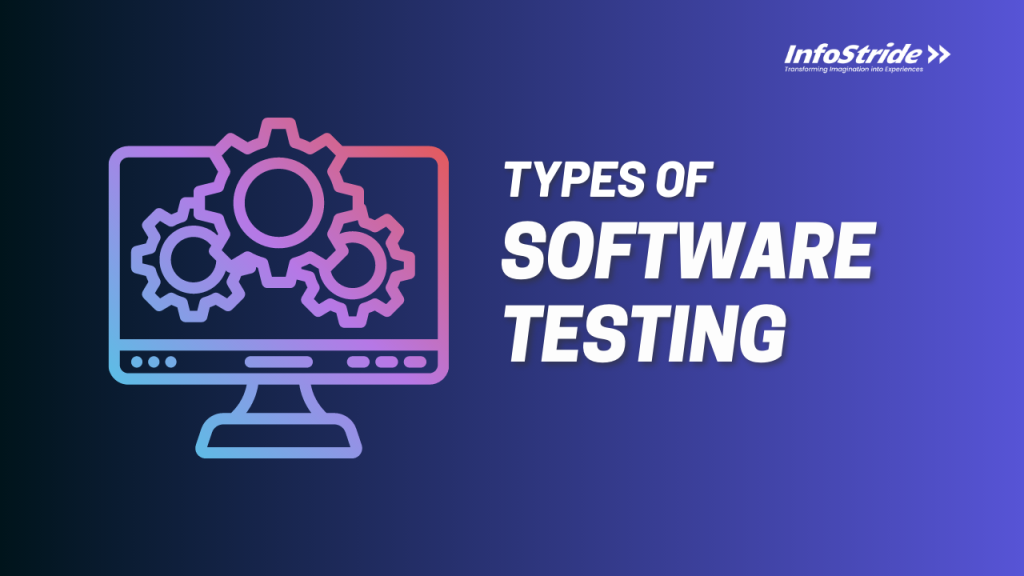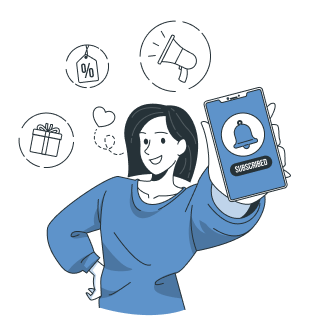Etsy has become a powerhouse in the ecommerce space, revolutionizing how buyers and sellers connect in niche markets. As a marketplace dedicated to handmade, vintage, and unique goods, Etsy has attracted millions of users worldwide. In 2023 alone, Etsy reported over 90 million active buyers and approximately 7.5 million active sellers, showcasing its role as a thriving global community. Its focus on personalization and creativity has made it a go-to platform for those seeking unique products while enabling small businesses to flourish.
This success has inspired entrepreneurs to explore similar ecommerce business models, hoping to replicate Etsy’s blend of scalability and user-centric design. Understanding the Etsy business model can provide valuable insights for anyone looking to build, scale, and launch their own platform inspired by Etsy’s success.
Understanding the Etsy Business Model
At the heart of Etsy’s success lies its innovative marketplace business model, which bridges the gap between sellers and buyers of unique, creative, and niche products. Unlike traditional ecommerce platforms, Etsy focuses on creating a community-driven space where small businesses, artisans, and hobbyists can showcase their craftsmanship to a global audience.
1. Focus on Unique, Handmade, and Vintage Items
Etsy distinguishes itself by emphasizing authenticity and individuality. Sellers on Etsy are often creators of handmade goods, curators of vintage treasures, or designers offering customizable items. This specialization sets Etsy apart from mass-market platforms, attracting buyers who seek one-of-a-kind products.
2. Monetization Strategies
Etsy’s revenue model is both straightforward and scalable, making it a win-win for the platform and its sellers. Key monetization methods include:
- Listing Fees: Sellers pay a small fee (currently $0.20) to list an item for sale.
- Transaction Fees: Etsy takes a percentage (6.5% as of 2023) from each sale made on the platform.
- Subscription Services: Etsy offers premium tools and features through its Etsy Plus program.
- Advertising Revenue: Sellers can opt into Etsy Ads to boost their product visibility, further contributing to Etsy’s income.
3. Community-Building and Personalized User Experience
Etsy fosters a sense of community that is rare in ecommerce. Through forums, seller support groups, and curated collections, Etsy actively connects its users, creating a collaborative ecosystem. Buyers enjoy a personalized shopping experience powered by AI-driven product recommendations, wishlists, and direct communication with sellers for custom orders.
Understanding these elements is crucial for anyone aiming to emulate or innovate upon the Etsy business model.
Why Entrepreneurs Want to Create Platforms Like Etsy?

The ecommerce landscape is witnessing a surge in niche marketplaces tailored to specific audiences, and Etsy’s success has been a driving inspiration. Entrepreneurs are increasingly drawn to the idea of creating platforms like Etsy, not just because of its widespread popularity but due to the fundamental shifts in consumer behavior and the immense business opportunities offered by the marketplace business model.
1. Rise in Niche Marketplaces
In a saturated ecommerce market dominated by giants like Amazon, niche marketplaces have carved out their own space. Platforms focusing on specific products or communities—like Etsy’s emphasis on handmade and vintage items—create unique value propositions. Entrepreneurs recognize the opportunity to connect buyers and sellers within these niche categories, whether for sustainable goods, artisanal crafts, or local specialties, making the idea of building an Etsy clone incredibly appealing.
2. Consumer Demand for Personalized and Unique Products
Modern consumers are moving away from mass-produced goods, seeking items that reflect their personality and values. Etsy’s personalized shopping experience and emphasis on custom-made products highlight the potential of catering to these demands. Entrepreneurs aiming to build an app like Etsy understand that providing customization options and curating exclusive collections are key to winning over today’s discerning buyers.
3. Financial Potential and Scalability
The marketplace business model offers a dual advantage: minimal inventory costs and exponential scalability. Since platforms like Etsy simply connect sellers with buyers, they avoid the logistical complexities and overheads associated with traditional retail. As more sellers and buyers join the platform, the network effect drives growth and revenue without proportionally increasing costs. This scalability makes the idea of building an app like Etsy not just viable but highly lucrative.
The growing interest in platforms like Etsy reflects a larger trend in ecommerce—where innovation, personalization, and community-building are reshaping how businesses engage with their customers. For entrepreneurs, it’s an opportunity to tap into a proven model while tailoring it to new and emerging markets.
Steps to Build an Online Marketplace Inspired by Etsy

Creating a marketplace like Etsy involves a combination of strategic planning, design, and technical expertise. While Etsy’s success offers a roadmap, each new platform must carve its unique identity to address the specific needs of its target audience. Here’s a detailed guide on how to create an online marketplace that mirrors Etsy’s success while offering something fresh:
1. Market Research and Niche Selection
Before building your marketplace, conducting thorough market research is crucial. Identify gaps in the market and determine your target audience’s preferences. Decide on a niche—whether it’s handmade goods, eco-friendly products, or a specific geographic focus. A clear niche will set your platform apart and attract both sellers and buyers who align with your vision.
2. Choosing the Right Ecommerce Business Model
Your marketplace’s business model will define its monetization strategy and overall growth potential. Consider options like:
- Commission-Based Model: Charge a percentage of each sale (similar to Etsy’s transaction fees).
- Subscription Model: Offer premium services to sellers through monthly or yearly plans.
- Freemium Model: Provide basic features for free while charging for advanced tools like analytics and advertising.
Selecting the right ecommerce business model is key to ensuring financial sustainability while delivering value to your users.
3. Designing User-Friendly Interfaces for Buyers and Sellers
A seamless user experience is critical for both sellers listing products and buyers making purchases.
- For Sellers: Include intuitive dashboards for managing inventory, sales, and communication.
- For Buyers: Provide personalized recommendations, easy navigation, and secure payment gateways.
- For Both: Ensure mobile responsiveness and accessibility to reach a broader audience.
A marketplace that’s visually appealing and easy to use will encourage engagement and drive conversions.
4. MVP Development for Testing
Start with a Minimum Viable Product (MVP) to test your marketplace concept before a full-scale launch. An MVP helps you validate your idea, gather user feedback, and identify potential improvements while keeping initial costs low. Focus on essential features like product listing, search filters, and secure payments.
For expert assistance, check out our specialized MVP Development Services designed to bring your marketplace idea to life.
To delve deeper into the technical and strategic aspects, read our comprehensive guide: How to Create an Online Marketplace.
Features to Include in an Etsy-Like Marketplace
Creating a marketplace that rivals Etsy requires integrating features that cater to both sellers and buyers while ensuring a seamless user experience. These features should not only facilitate transactions but also foster trust, personalization, and engagement. Here are the key functionalities every Etsy-inspired platform must include:
1. Seller Dashboards and Listing Tools
Empowering sellers is fundamental to the success of any marketplace. Comprehensive seller dashboards should offer:
- Easy Product Listing: Simple interfaces to upload, categorize, and describe items with high-quality images.
- Inventory Management: Tools to track stock levels and update listings in real-time.
- Sales Analytics: Insights into top-performing products, buyer behavior, and revenue trends.
Providing robust tools for sellers ensures they can focus on what they do best—creating and selling unique products.
2. Payment Gateways and Secure Transactions
A reliable and secure payment system is essential to build trust between buyers and sellers. Key considerations include:
- Supporting multiple payment options, such as credit/debit cards, digital wallets, and bank transfers.
- Incorporating secure payment processing to protect user data.
- Streamlining payouts for sellers to encourage retention.
Seamless transactions are critical for building a reputation as a trustworthy platform.
3. Personalized Recommendations and Reviews
Etsy’s success is largely attributed to its ability to connect users with items that match their preferences. To achieve this:
- AI-Powered Recommendations: Use algorithms to suggest products based on browsing history, purchase behavior, and wishlist items.
- Robust Review System: Allow buyers to leave feedback and ratings to help sellers build credibility and guide other shoppers.
Personalization and transparency keep buyers engaged and encourage repeat purchases.
4. Mobile App Integration
With the increasing shift toward mobile shopping, having a mobile app is no longer optional. A well-designed app should:
- Provide a seamless shopping experience with responsive design and intuitive navigation.
- Offer push notifications for promotions, cart reminders, and updates on favorite items.
- Include seller features for managing listings and orders on the go.
Mobile integration ensures your marketplace is accessible anytime, anywhere, increasing user engagement.
By focusing on these features, you can create a user-friendly marketplace that not only replicates Etsy’s appeal but also establishes its own competitive edge.
Cost of Developing an Etsy-Like App
Building an app like Etsy involves various factors that determine the overall development cost. From the features you include to the complexity of the design, each decision impacts the final price tag. Let’s break down the key considerations that influence the Etsy app development cost:
1. Features and Complexity
The more features your app offers, the higher the development cost. Essential functionalities like product listings, payment gateways, and user profiles are foundational, while advanced features such as AI-driven recommendations, analytics dashboards, and multilingual support add complexity.
- Basic Features: These include product search, user registration, and secure payment processing.
- Advanced Features: Consider tools like seller analytics, personalized recommendations, and mobile push notifications to enhance user experience.
The complexity of integrating these features, especially when aiming for scalability, significantly impacts costs.
2. Custom vs. Template-Based Design
The choice between a custom design or a pre-built template also plays a major role in development expenses.
- Custom Design: Offers complete flexibility to create a unique interface tailored to your audience, but it comes at a higher cost.
- Template-Based Design: More affordable and faster to implement, but it may lack the originality and scalability of custom designs.
Opting for a custom design is recommended for platforms aiming to stand out and deliver a unique user experience.
3. Mobile App Development Costs
Developing a mobile app is essential to tap into the growing number of mobile users. Costs can vary based on:
- Platform: Developing for both iOS and Android increases costs compared to a single platform.
- Native vs. Cross-Platform: Native apps provide superior performance but are costlier than cross-platform solutions like Flutter or React Native.
- Maintenance and Updates: Ongoing costs to keep the app updated and secure must also be factored in.
A mobile app enhances accessibility and user engagement, making it a worthwhile investment.
For a detailed consultation on costs and features tailored to your vision, check out our Ecommerce Development Services.
By carefully balancing your feature set, design choices, and platform requirements, you can develop a marketplace app that not only mirrors Etsy’s success but fits within your budget.
Choosing the Right Development Partner
Building a successful Etsy-like platform requires more than just a vision—it demands the right technical expertise and strategic guidance. Collaborating with a reliable marketplace development company ensures your app is built to deliver seamless functionality, scalability, and a standout user experience.
Why Partnering with Experts Matters?
Developing a marketplace involves numerous complexities, from designing intuitive user interfaces to integrating advanced features like secure payment systems and AI-driven recommendations. Without experienced developers, these challenges can result in delays, technical issues, or a subpar product. A skilled partner can:
- Streamline the development process with proven methodologies.
- Deliver tailored solutions that align with your business goals.
- Ensure compliance with the latest ecommerce standards.
InfoStride: Your Marketplace Development Experts
With extensive experience in ecommerce and marketplace solutions, InfoStride specializes in creating platforms that are both innovative and user-centric. Our services include:
- Custom Marketplace Development: Building platforms from scratch to fit your niche and audience.
- Scalable Architecture Design: Ensuring your platform grows seamlessly with your user base.
- MVP Development: Helping you launch quickly, test ideas, and refine your marketplace for long-term success.
- Post-Launch Support: Providing maintenance, updates, and optimization to keep your marketplace competitive.
Choosing the right partner can make or break your marketplace’s success. InfoStride’s expertise and commitment to quality make us a trusted choice for businesses looking to build an Etsy Clone .
Bringing Your Etsy-Like Marketplace to Life
Etsy-inspired platforms have immense potential to tap into the growing demand for unique, personalized products and niche ecommerce experiences. Whether you aim to build an Etsy clone or create your own unique twist on this proven model, having the right team by your side can make all the difference.
Frequently Asked Questions
1. Can I Monetize an Etsy Clone in the Same Way as Etsy?
Yes, you can monetize an Etsy clone by adopting similar revenue streams like:
- Listing Fees: Charge sellers a small fee for adding products.
- Transaction Fees: Take a percentage of each sale made on your platform.
- Subscription Plans: Offer premium features for a monthly or annual fee.
- Advertisements: Allow sellers to pay for better visibility through sponsored listings.
Combining these methods ensures a steady revenue flow for your platform.
2. What Are the Technical Challenges in Building an Etsy Clone?
Some technical challenges you may face while building an Etsy clone include:
- Implementing scalable server architecture to handle large user traffic.
- Ensuring seamless integration of secure payment gateways.
- Developing a search and filter system for personalized product discovery.
- Providing multi-language and multi-currency support for global accessibility.
Addressing these challenges early ensures a smoother development process.
3. How Can I Make My Etsy Clone Stand Out in the Market?
To make your Etsy clone stand out:
- Focus on a unique niche, such as eco-friendly or artisanal products.
- Offer innovative features like AR previews for products or live chat for buyer-seller interactions.
- Create a community-driven approach with forums or seller resources.
- Ensure your platform supports accessibility standards to cater to a broader audience.
4. How Long Does It Take to Launch an Etsy Clone?
The timeline to launch an Etsy clone depends on factors like:
- Development Approach: Using a pre-built template can save time compared to custom development.
- Feature Complexity: Advanced features like AI-based recommendations or in-depth analytics may take longer to implement.
- Testing Phase: Ensuring your platform is bug-free and user-friendly.
Typically, a basic version of an Etsy clone can take 3-6 months, while a feature-rich platform might take longer.
5. Is It Better to Use a Pre-Built Solution or Build an Etsy Clone from Scratch?
The choice depends on your budget, timeline, and customization needs:
- Pre-Built Solutions: Cost-effective and quicker but may lack flexibility.
- Custom Development: Allows you to tailor the platform to your vision but requires a larger investment.
Working with a marketplace development company can help you decide which approach aligns with your goals.
6. How Can I Ensure the Success of Sellers on My Etsy Clone Platform?
Seller success is key to your platform’s growth. Support them by:
- Offering easy-to-use tools for managing inventory and orders.
- Providing marketing assistance like analytics dashboards and promotional tools.
- Ensuring transparent policies to build trust.
- Regularly gathering feedback to improve seller satisfaction and engagement.
